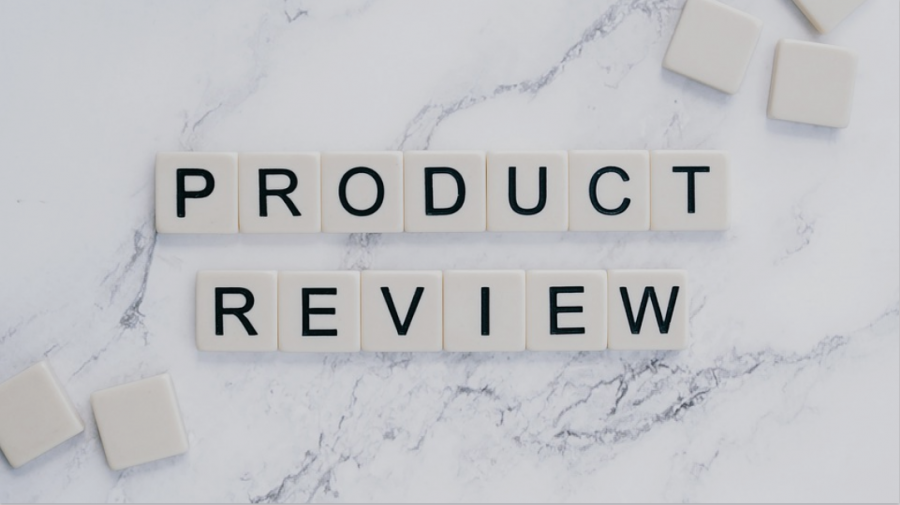If you’re thinking about starting your own company, the quality of your product is definitely going to be one of your main concerns. This is because designing and manufacturing a new product is often very complicated to accomplish. Therefore, the following includes four ways you can begin to model and test your product before going into production.
Speak to Potential Customers Directly
Perhaps the easiest and best thing you can do first is to speak directly to potential customers about your product. This often involves having focus groups where a presenter demonstrates your product to a group of people and asks questions at the end. The answers they provide can help find small issues with your product that you may have never thought about.
Utilize Technology
In the past, one of the most difficult things to do is simulate how a product would act in motion. Large facilities would often have to be built to test certain products against wind and water. Fortunately, innovations in technology have removed a large portion of that requirement. Today, technology such as Mesh Free Particle-Based CFD Simulation Software offers business owners the opportunity to see their product in action, thus providing them with invaluable data.
Utilizing Website Heatmaps
One of the ways e-commerce companies figure out what their customers are interested in is by studying website heatmaps. They will create a landing page with everything that the potential product offers and run a few ads on a variety of search engines. The traffic that lands on your website will begin to explore it. After a few days, you will have a great heatmap of everything they were interested in or simply ignored.
Introduce a Rough Product
A great way to get people talking about your product and business is to present a rough product to the public. In the past, no company would dare to uncover an unfinished product, but over time, they have figured out that public opinion is critical to its success. The reason a rough product is so effective is that it allows customers to provide their own recommendations without being influence too much by your finished design.
The approaches listed above are just a few of the many directions you can take with your new product. However, these are often the most used by companies, both small and large, and thus a great option for those on a tight budget.

